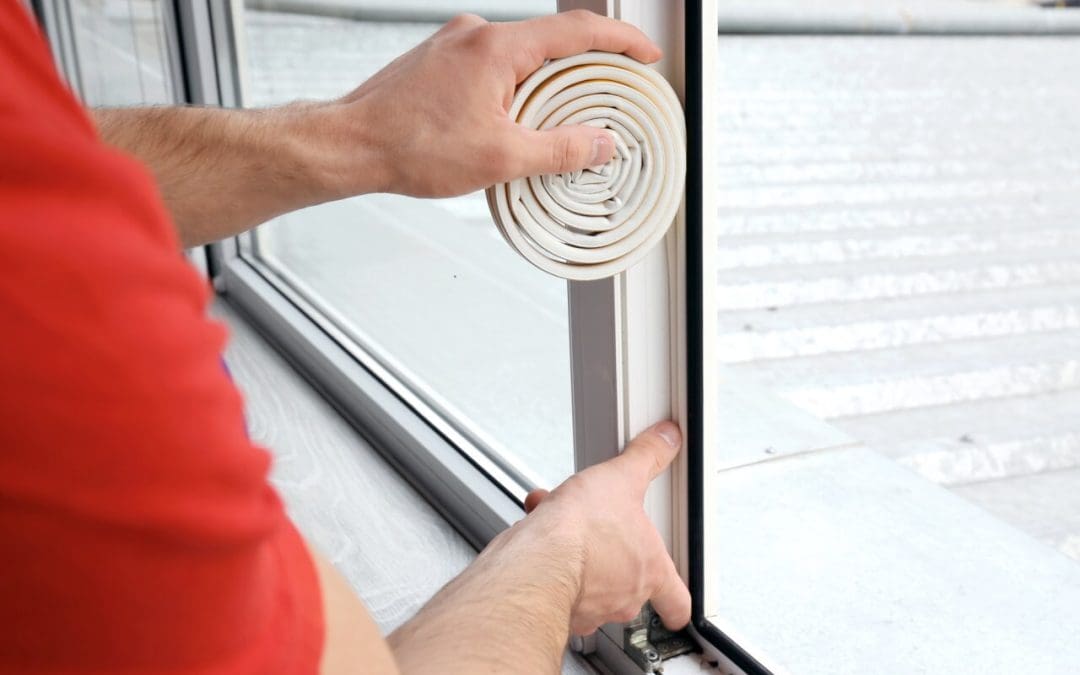For many homeowners, the monthly utility bill may seem like a stubborn drain on resources, but it doesn’t have to be. Taking proactive steps toward saving energy at home is one of the most impactful ways to reduce expenses, decrease your carbon footprint, and increase your property’s overall value and comfort. Making smart, simple adjustments will collectively yield significant long-term benefits.
Simple Shifts for Saving Energy at Home
Sometimes the most effective solutions are the easiest to overlook. Start your journey toward energy efficiency by tackling these straightforward fixes. Switching to LED bulbs is a nonnegotiable step if you’re still relying on traditional incandescent bulbs. LEDs use up to 80% less energy and last significantly longer, translating to immediate and substantial savings over time. It’s a small investment with a huge payoff. Beyond the bulbs themselves, cultivate the habit of turning off lights when you leave a room, a classic piece of advice that remains highly effective.
Many electronics, such as TVs, phone chargers, and computers, continue to draw small amounts of electricity even when they are turned off or in standby mode. The simplest solution is to plug these devices into a power strip and switch the strip off when they are not in use, effectively cutting the flow of power. Adjusting your heating and cooling settings by just a few degrees, particularly when you are away or asleep, could dramatically impact your utility costs. Consider installing a smart thermostat. These devices learn your schedule, can be controlled remotely, and automatically optimize temperatures, taking the guesswork out of efficient climate control.
Optimizing Your Home’s Envelope and Insulation
The structure of your home itself, its “envelope,” plays a critical role in how much energy is required to heat and cool it. Air leaks and poor insulation are often the culprits behind high energy bills, making your HVAC system work overtime. One of the most cost-effective measures for saving energy at home is air sealing. Walk around your house and feel for drafts near windows, doors, electrical outlets, and where pipes or vents enter the wall. Use caulk to seal small cracks and weatherstripping for gaps around doors and operable windows. These inexpensive materials prevent conditioned air from escaping and unconditioned air from entering, which instantly reduces the load on your HVAC system.
Beyond air sealing, evaluate your insulation. Proper insulation in the attic, walls, and floors acts like a blanket, keeping your home warm in the winter and cool in the summer. Inadequate or old insulation may need to be supplemented or replaced. While this is a more significant investment than switching a lightbulb, the long-term energy savings and improved home comfort provide a substantial return on investment.
Saving Energy at Home with Appliances
Your major appliances are often the biggest consumers of energy, but you can manage their consumption without rushing out to buy all new equipment. For refrigerators, the key is proper placement and maintenance. Ensure there is adequate airflow around the coils, and clean them regularly. Check the seals on the doors; if they are cracked or not sealing properly, replace them to keep the cold air in. When it’s time to replace an appliance, always look for the ENERGY STAR® label.
When it comes to water heating, a significant portion of your energy bill, consider lowering the temperature setting on your water heater to 120°F. This is still plenty hot for household needs and will reduce your water heating costs by several percent. Also, take shorter showers and install low-flow showerheads and faucet aerators. Less hot water used means less energy needed to heat it, compounding your overall efforts toward saving energy at home. Wash clothes in cold water whenever possible, as up to 90% of the energy used for laundry goes toward heating the water.
Frequently Asked Questions (FAQs)
How much money can I really save by implementing these changes?
The potential savings vary widely depending on your current energy use, climate, and the specific measures you take.
Are there tax credits or rebates available for energy-efficient upgrades?
Yes, there often are. The federal government, along with many state and local utilities, offers various tax credits, rebates, and financing options for improvements like new windows, insulation, efficient HVAC systems, and solar installations. Check the ENERGY STAR® website or consult your local utility company for current programs and eligibility requirements.
Should I worry about replacing my old single-pane windows?
Old, single-pane windows are significant sources of heat loss. While replacing them with high-efficiency, double-pane windows is a major investment, it provides substantial long-term savings and comfort improvement. If immediate replacement isn’t feasible, ensure they are tightly sealed with caulk and weatherstripping, and consider using window film kits or heavy curtains to reduce heat transfer.
What is the most effective single thing I could do to start saving energy at home?
Many experts agree that the most cost-effective first step is air sealing and checking your attic insulation.
Imperial Inspection Services offers comprehensive home inspections to homebuyers and sellers in Central Iowa. Contact us to schedule an appointment.

